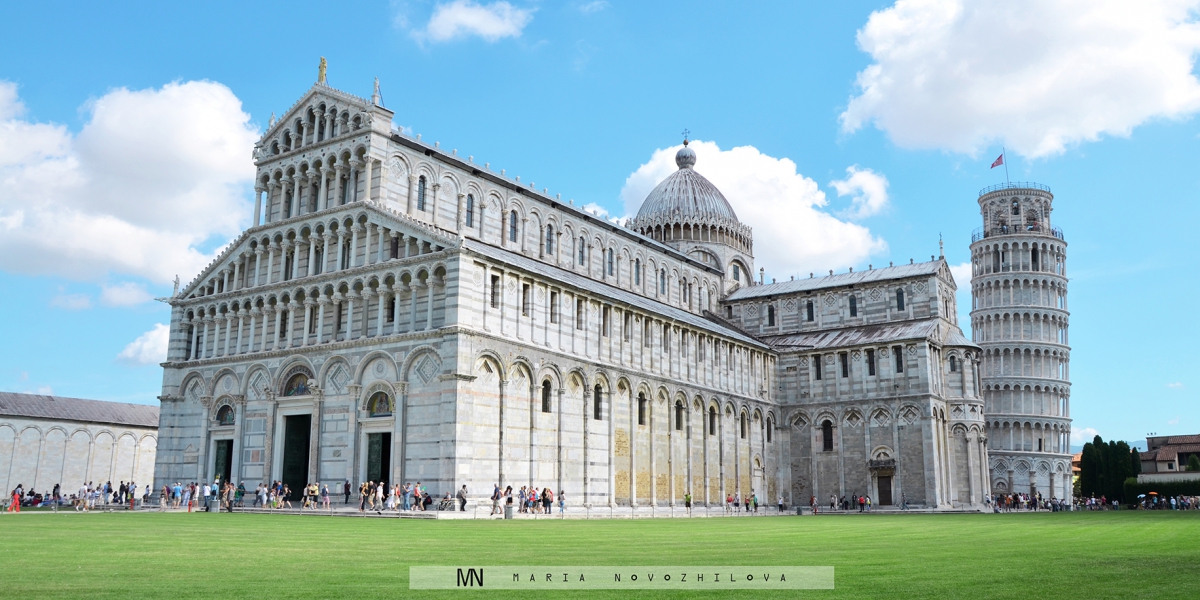LEARN MORE
Architecture is one of the strongest travel attractions in the world. Somehow some buildings are surprisingly capable to constantly draw thousands and thousands of visitors. Often just to see the world’s best stone works people are ready to cross oceans flying for dozens of hours toward an opposite side of the globe. Isn’t it a kind of magic?
One of the best examples of such magnetic architecture is Piazza dei Miracoli (literally Square of Miracles) hidden somewhere in-between the green Tuscany hills. This famous square is the city center of a small medieval Italian town. There are only three major buildings on the piazza, and in town, yet, these three building are on the top of the list of the Italian built masterpieces.
The celebrated architectural trinity I am talking about is the UNESCO protected heritage of Pisa: the Pisa Cathedral, the Baptistery and of course the Leaning Tower.
The latter work is probably the most famed of the three. You can find the inclined bell tower represented on any Italian souvenir: from a kitchen towels to fridge magnets and key chains. It is just too famous! But speaking seriously, this work of art since centuries has been a challenge for architects and engineers trying to solve the instability issue and guarantee the preservation of the campanile.
Since the beginning of the construction, started in 1173, the instability of the ground and the insufficiency of the foundation of the tower was clear. The legend says that when only the first three levels were finished, the whole building started to stoop. The works were suspended for one century. Than the subsoil stabilized and the construction proceeded.
On the top of the completed leaning part, there were built five more stories with one side higher that another. That way was the only option to build the missing part of the campanile vertically. So the tower is not only leaning but it is also bending! Engineering failure or architectural miracle?
Today the inclination of the tower is about 5 meters, and it keeps leaning on average one millimeter per year. Some minor preservation works have been done. Yet no decisive solution was adopted. Numerous safeguarding proposals are under development now. Unfortunately all of them foresee an invasive way to proceed. To lose the original beauty of the tower for the cost of its preservation is not an option.
Despite the leaning tower is a knotty building, it is now open to the public. And once inside the irregular geometry of the stooping structure feels much more that from outside. But hurry up! The clock is ticking and the tower is leaning! Who knows how much more it will last …
Maria Novozhilova
e-mail: novozhilovam.blog@gmail.com
twitter: @NovozhilovaM




